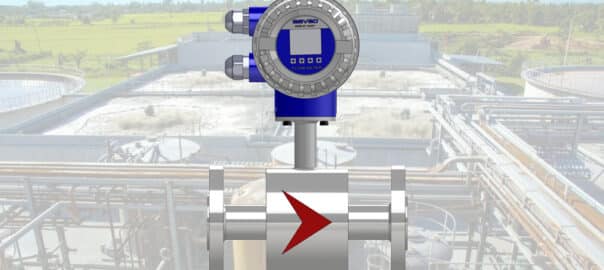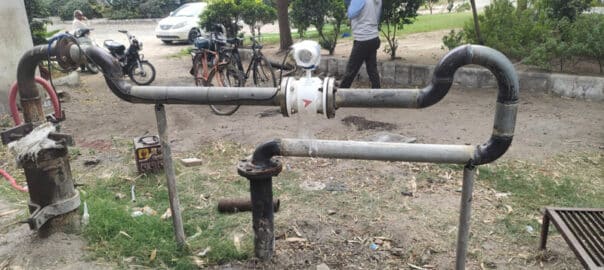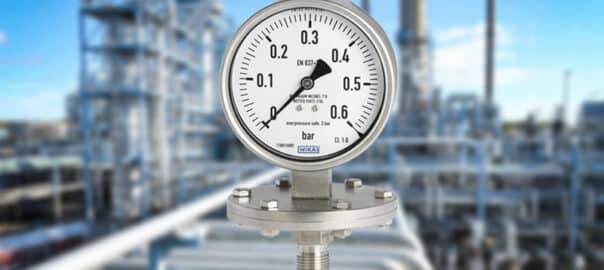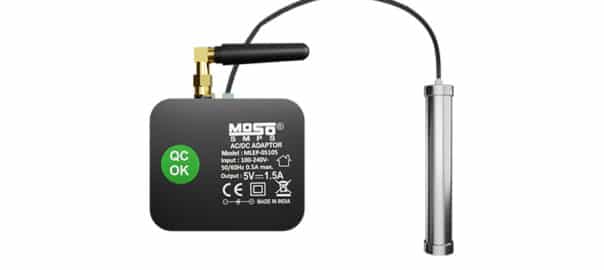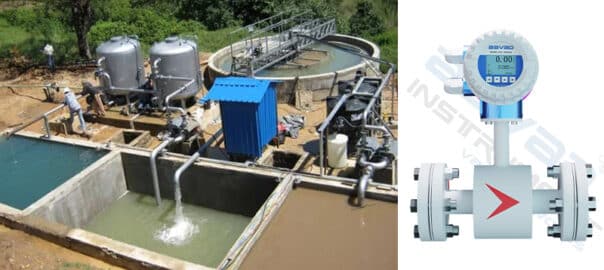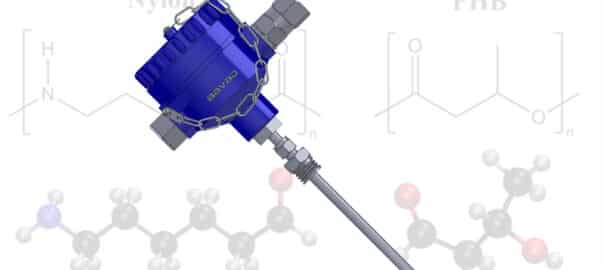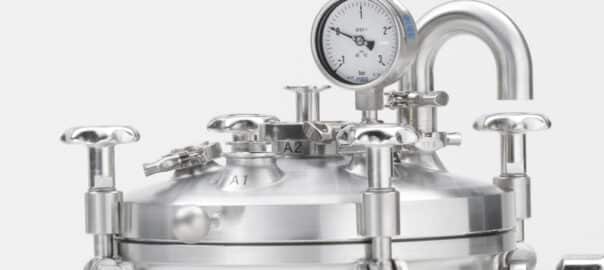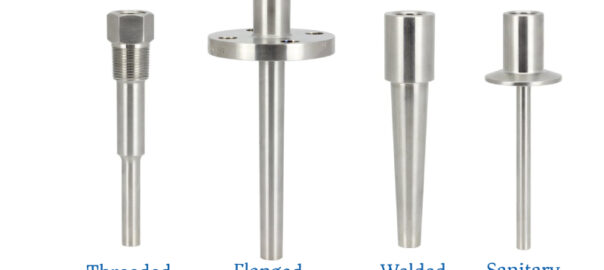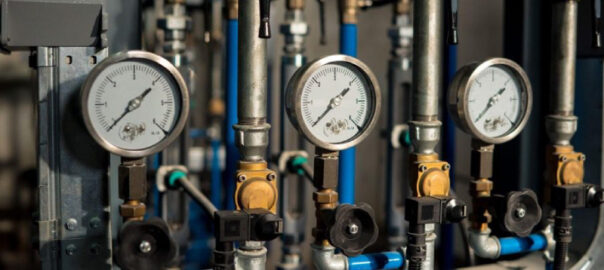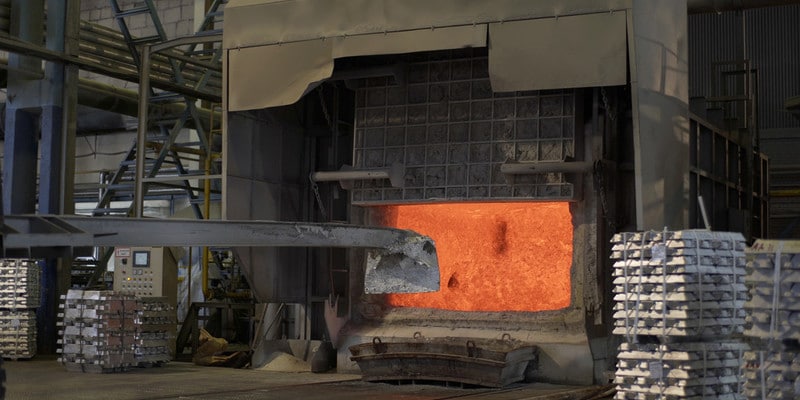
Melting furnaces play a pivotal role in various industrial processes, such as metal casting, glass manufacturing, and heat treatment. Maintaining precise temperature control is essential to ensure the quality and integrity of the final product. Thermocouples are fundamental components in these furnaces, providing accurate temperature measurements and enabling efficient temperature regulation. In this blog, we will explore the significance of thermocouples in melting furnaces and how they contribute to the success of industrial operations.
Understanding Thermocouples
A thermocouple is a temperature sensor that consists of two dissimilar metal wires joined at one end, called the “hot junction.” When exposed to heat, the temperature difference between the hot junction and the other end of the wires, known as the “cold junction,” generates a voltage. This voltage is directly proportional to the temperature and is measured by a connected instrument, such as a temperature controller or a programmable logic controller (PLC). The use of dissimilar metals in thermocouples is due to the Seebeck effect, which creates a measurable voltage difference as a function of temperature.
Types of Thermocouples
There are various types of thermocouples, each suitable for specific temperature ranges and applications. The most common thermocouple types used in melting furnaces are Type K, Type J, and Type R:
- Type K: Type K thermocouples are versatile and widely used in various industries. They cover a broad temperature range, from -270°C to 1,370°C, making them suitable for many melting furnace applications.
- Type J: Type J thermocouples are another popular choice for their compatibility with lower temperature ranges, from -210°C to 760°C. They are often used in processes that do not require extremely high temperatures.
- Type R: Type R thermocouples are designed for high-temperature applications, ranging from 0°C to 1,600°C. They are commonly used in industries like glass manufacturing and metallurgy.
Applications of Thermocouples in Melting Furnaces
- Temperature Monitoring: The primary role of thermocouples in melting furnaces is to provide accurate and real-time temperature measurements. This data is crucial for maintaining the desired melting temperature, ensuring product quality, and preventing overheating or underheating.
- Temperature Regulation: Temperature controllers use thermocouple data to adjust heating elements, gas flow rates, or other control parameters to maintain a stable and precise melting temperature. This control process is essential for consistent product quality and energy efficiency.
- Safety: Continuous temperature monitoring and control prevent overheating, which can lead to equipment damage and safety hazards. In cases of abnormal temperature fluctuations, alarms and shutdown mechanisms can be triggered, minimizing potential risks.
- Quality Control: Many industrial processes require precise temperature control to achieve the desired material properties. Thermocouples enable quality control by ensuring that the temperature remains within specified tolerances.
Thermocouples are indispensable components in melting furnaces, contributing to the efficiency and reliability of industrial processes. By providing accurate temperature measurements, enabling temperature regulation, ensuring safety, and supporting quality control, thermocouples play a vital role in various industries that rely on melting furnaces. As technology advances, the integration of thermocouples with advanced control systems continues to improve temperature control, resulting in more consistent and high-quality products.


